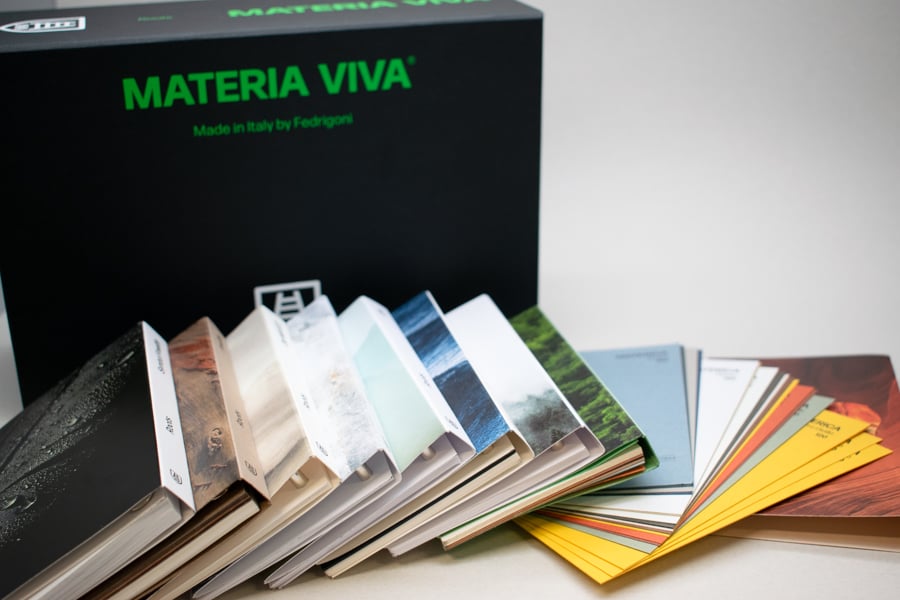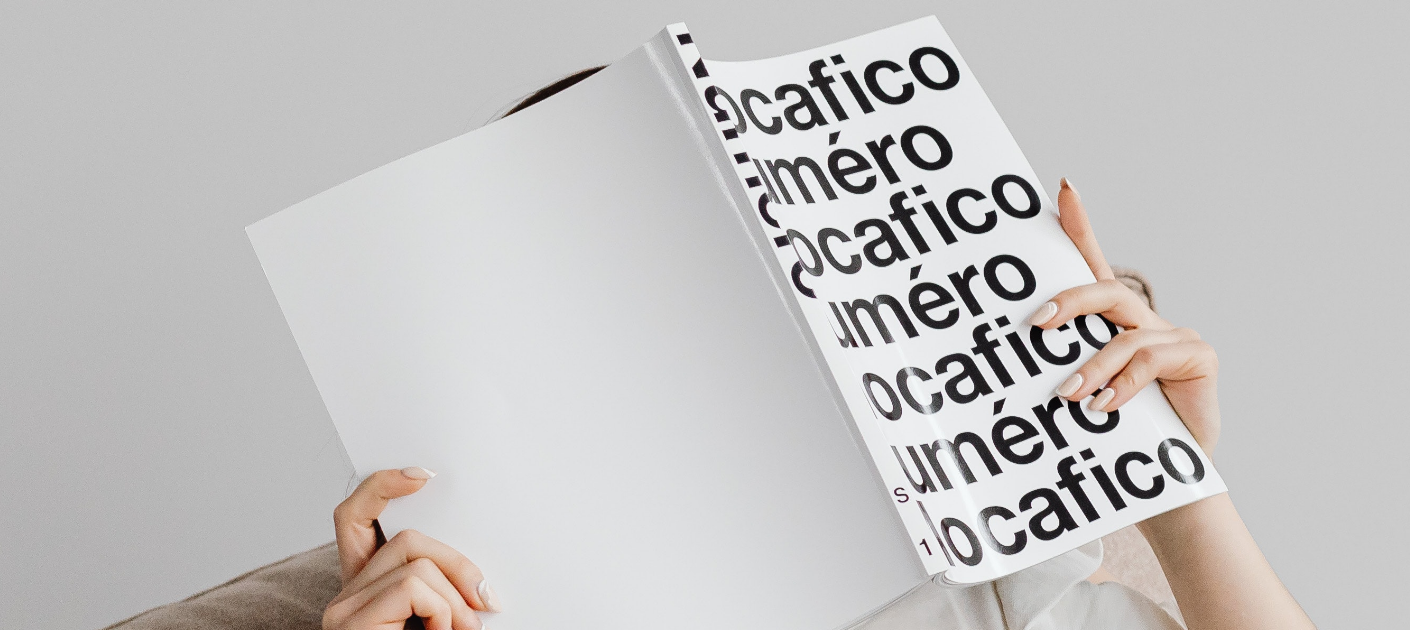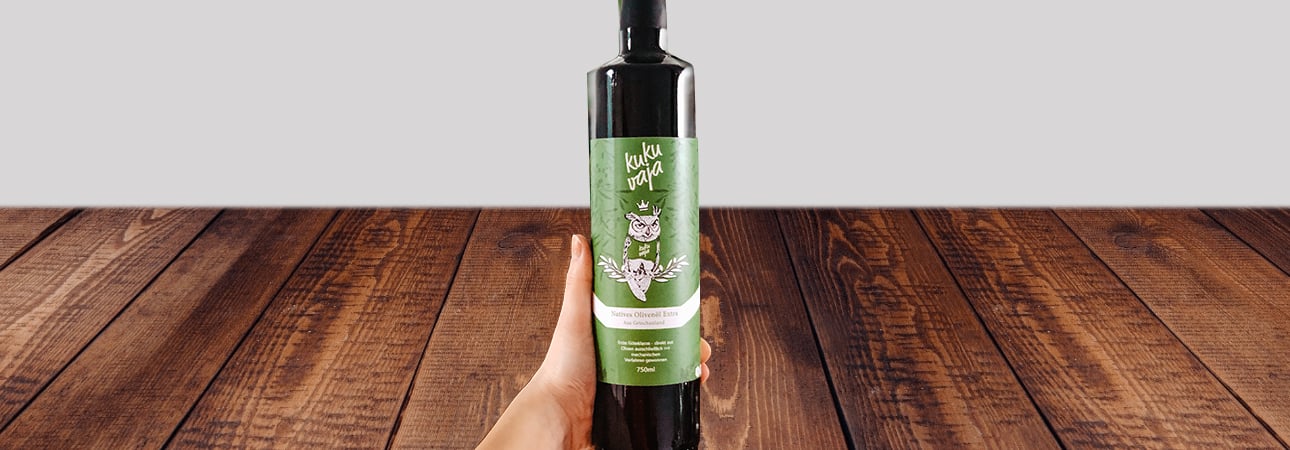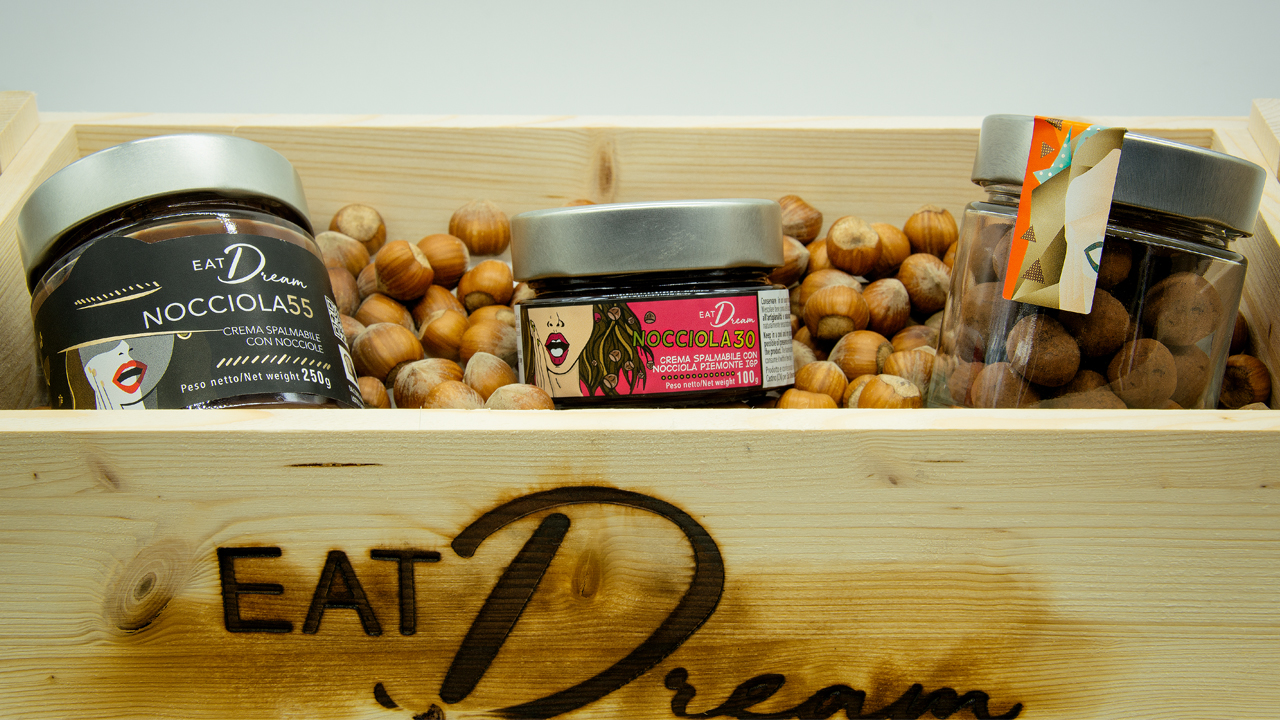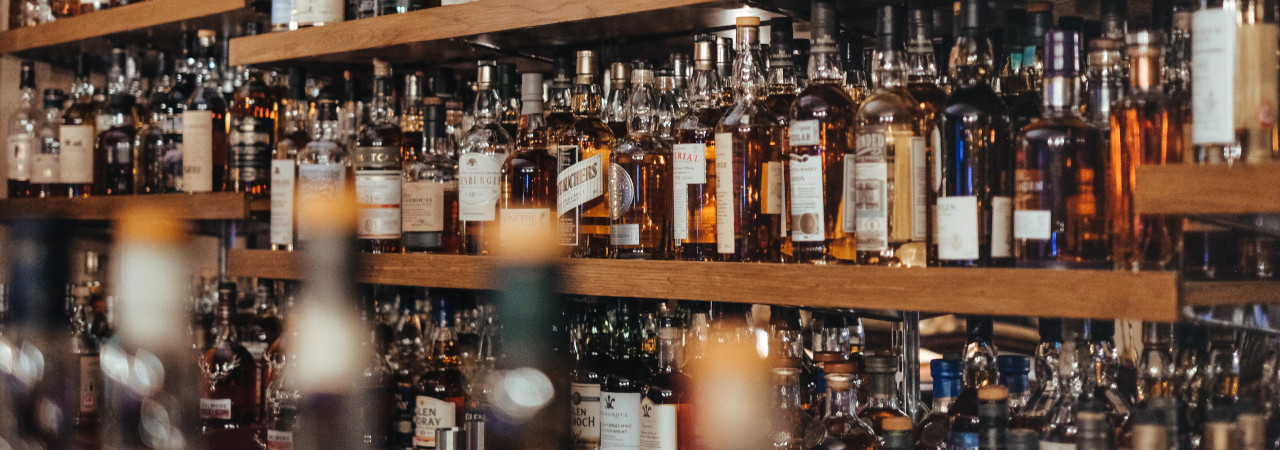Did you like the article? Share it!
Adhesive labels sizes for bottles: our tips
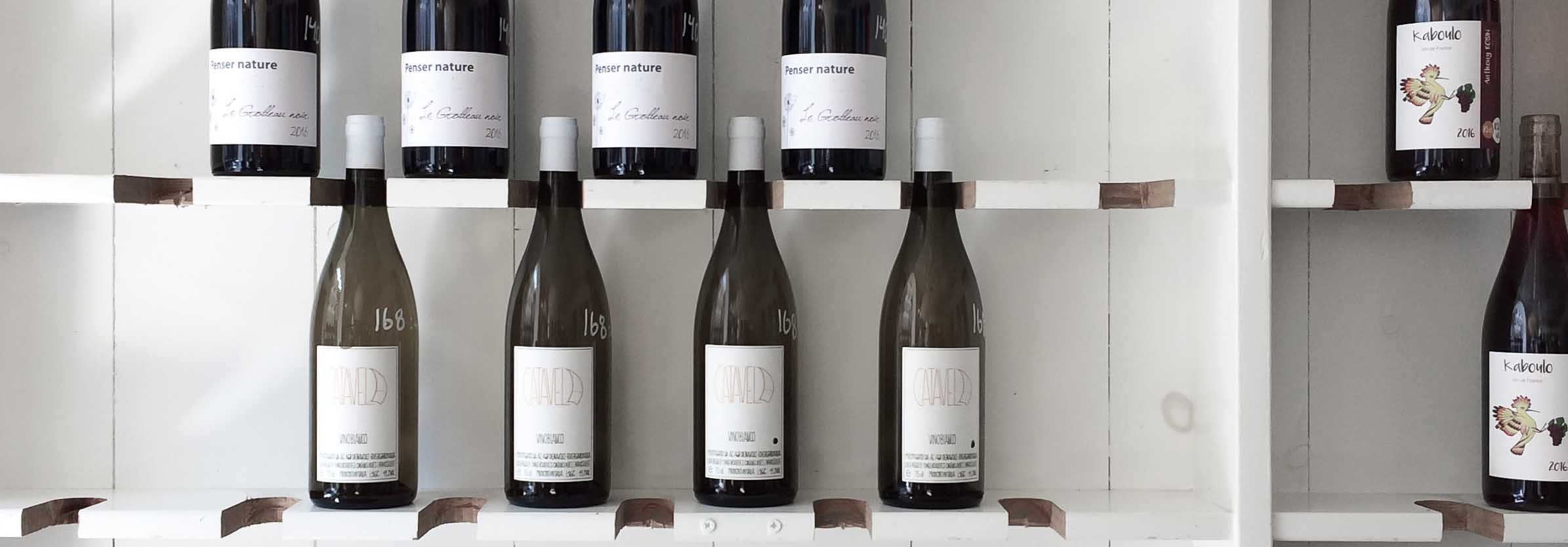
For us, the adhesive label is the communicative essence of a product and it is very important to be able to define the right size. There is no standard format suitable for any bottle because as you will discover in this article it depends on the size and type of bottle you are going to use.
Adhesive labels are a real marketing and communication tool, which allows the consumer to get in touch with the product. They are a crucial component both in terms of design and in terms of packaging and for this reason, they must be carefully designed, without neglecting any detail. The potential of adhesive labels sizes should not be underestimated; we can tell you with certainty that they affect your audience's purchasing process almost as much as design because they can attract their attention.
So choosing the right format makes a difference! Depending on the format chosen, the information to be printed will be distributed differently on the surface, with greater or lesser density.
Beyond the general rules, what is essential for a label is that it is aesthetically pleasing and that it can represent and differentiate your product on the market. For this reason, the format and size are important aspects, because if chosen correctly they allow the label to be visible without being excessively bulky.
We can say that the most classic format used is the rectangular one; traditional, reassuring and universally recognized, the rectangular format is "not to be mistaken" because it is versatile and suitable for any use. The square format is also used, the shaped one (or customized) or in less frequent cases the circular shape is also adopted. We will talk only about the rectangular one.
As for its measures, however, we must make a distinction between the various types of bottles.
Wine
If we talk about wine (in the 75 cl format - the most classic) for example we will have:
[The measurements are always intended L X H and have been measured on the different bottles]
[The measurements are always intended L X H and have been measured on the different bottles]
#1 Bordolese.
front label: 95 x 125 mm
back label: 60 x 90
binding label (front / back single label): 235 x 90 mm
front label: 95 x 125 mm
back label: 60 x 90
binding label (front / back single label): 235 x 90 mm
#2 Borgognotta
front label: 105 x 90 mm
back label: 60 x 90 mm
binding label (front / back single label): 255 x 90 mm
front label: 105 x 90 mm
back label: 60 x 90 mm
binding label (front / back single label): 255 x 90 mm
#3 Albeisa
front label: 120 x 90 mm
back label: 60 x 90 mm
binding label (front / back single label): 250 x 90 mm
front label: 120 x 90 mm
back label: 60 x 90 mm
binding label (front / back single label): 250 x 90 mm
#4 Renana
front label: 80 x 80 mm (the square format is strong on this type of bottle)
back label: 60 x 70 mm
binding label (front / back single label): 255 x 80 mm
front label: 80 x 80 mm (the square format is strong on this type of bottle)
back label: 60 x 70 mm
binding label (front / back single label): 255 x 80 mm
#5 Champagnotta tradizionale
front label: 100 x 130 mm
back label: 50 x 65
[for these wines it is difficult to find the wrapping label; is more common to duplex separate]
front label: 100 x 130 mm
back label: 50 x 65
[for these wines it is difficult to find the wrapping label; is more common to duplex separate]
#6 Champagne cuvée
front label: 80 x 40 cm or 75 x 50 mm
back label: 80 x 40 cm or 75 x 50 mm
[For these wines, smaller labels or labels with particular shaped formats are appreciated.]
front label: 80 x 40 cm or 75 x 50 mm
back label: 80 x 40 cm or 75 x 50 mm
[For these wines, smaller labels or labels with particular shaped formats are appreciated.]
Customized. Since designing a wine label is like designing a tailored suit, if the bottle is personalized, the label must also be personalized in every aspect, especially the format.
+ For all labels, bottles and sectors, our advice is to try to cut a sheet of paper to your size and try to apply it to the bottle. Only in this way will you be sure that the size you have chosen is suitable for the type of bottle you have available.
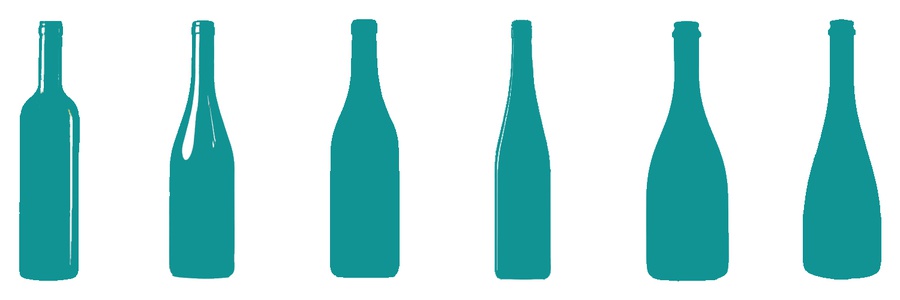
Beer
If it comes to beer you will find:
[The measurements are always intended L X H and have been measured on the different bottles]
[The measurements are always intended L X H and have been measured on the different bottles]
#1 Bottiglie Longneck (33cl).
The most common type of bottle, with a regular and cylindrical shape, characterized as the name implies by a long and narrow neck;
binding label (front/back single label): 150 x 80 mm
The most common type of bottle, with a regular and cylindrical shape, characterized as the name implies by a long and narrow neck;
binding label (front/back single label): 150 x 80 mm
#2 Bottiglie Steinie (25cl).
The typical shape of Belgian beers is easily recognizable by its particular wavy neck;
binding label (front/back single label): 180 x 80 mm
The typical shape of Belgian beers is easily recognizable by its particular wavy neck;
binding label (front/back single label): 180 x 80 mm
#3 Bottiglie NRW (50cl).
The typical the 1/2 litre format, often used for German beers has a curved and sinuous shape with a less narrow and more flared neck;
front label: 85 x 95 mm
back label: 40 x 80 mm
binding label (front/back single label): 225 x 90 mm
The typical the 1/2 litre format, often used for German beers has a curved and sinuous shape with a less narrow and more flared neck;
front label: 85 x 95 mm
back label: 40 x 80 mm
binding label (front/back single label): 225 x 90 mm
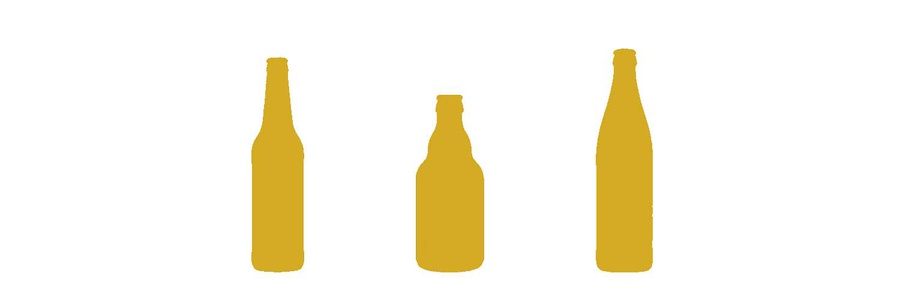
Olive Oil
If we talk about oil instead, the most common are:
[The measurements are always intended for L X H and have been measured on the different bottles]
[The measurements are always intended for L X H and have been measured on the different bottles]
Dorica (roundabout)
front/back label 25cl: 55 x 95 mm
front/back label 50cl: 75 x 125 mm
front/back label 75cl: 75 x 125 mm
front/back label 25cl: 55 x 95 mm
front/back label 50cl: 75 x 125 mm
front/back label 75cl: 75 x 125 mm
Marasca (square)
front/back label 25cl: 42 x 100-120 mm
front/back label 50cl: 48 x 120-140 mm
front/back label 75cl: 60 x 180 mm
front/back label 25cl: 42 x 100-120 mm
front/back label 50cl: 48 x 120-140 mm
front/back label 75cl: 60 x 180 mm
Liqueurs and spirits
The world of liqueurs and spirits, on the other hand, is so vast and personalized that it is really difficult to provide "standard" formats from which to draw inspiration. As mentioned earlier, creating a label is like sewing a tailored suit and it is therefore essential that it is designed following the bottle it will dress.
Ours only want to be indications that are the result of the experience gained over the years to help you design your label. These are guidelines that do not apply to all products there is no real specific rule to follow to establish the correct format and size.
If you haven't found the right one for you among these formats, don't worry, the technologies used by the Labeado team allow you to have complete freedom of shape and size, and if you need technical advice to design the most suitable label for your product, do not hesitate to contact us!
Next
Related post
Learn more

